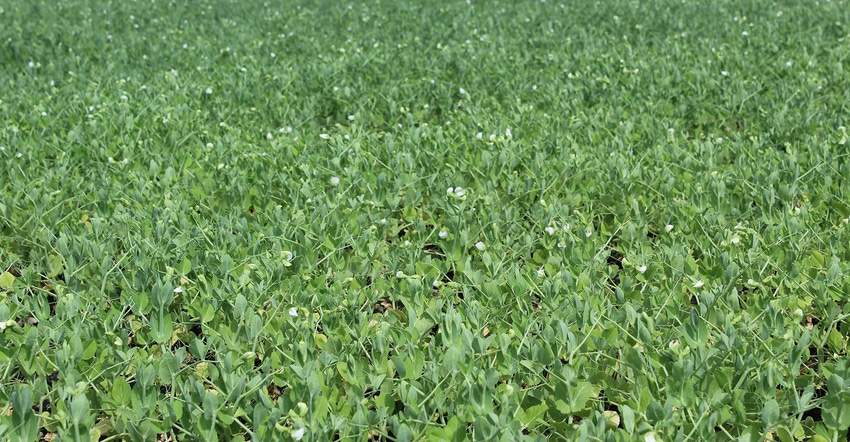April 27, 2020

In the new report “Plant Proteins: Present & Future,” Lux Research evaluates 24 crops and their attractiveness as plant protein sources.
Lux analyzed the different plant protein sources on crop production factors globally and for three major regions:
North America,
Europe, and
Asia.
Overall, Lux identified soy, wheat, and rice as the top three “staple” crops for plant protein, with pea, canola, oat, and chickpea as the “alternative” up-and-comers.
For North America and Europe, soy and wheat are the No. 1 plant protein sources, respectively, but given their extensive nonfood uses, along with the general diversification of plant proteins, pea, oat, and canola are more attractive opportunities within these regions going forward. Oat and canola are particularly appealing, as numerous companies are already scaling up pea protein production, investing nearly half a billion dollars in facility construction since 2017.
Asia is in a unique position given that the region has a near monopoly on several crops. Two of these are rice and chickpea, with Asia responsible for 90% and 75% of global production, respectively. These are not as widely used for protein ingredients as the other short-listed crops, which highlights their untapped potential.
Three major storylines are shaping the plant protein space:
the rise of insurgents like Beyond Meat,
the proliferation of product launches from large multinational corporations, and
the onset of trade uncertainty from events like the U.S.-China trade war.
“The storylines signal the need for the diversity of protein sources as both startups and MNCs move beyond soy, and for those sources to be capable of not only supporting the increasing supply requirements of these companies but also regional self-sufficiency to mitigate trade risk," said Lux Research Analyst and lead author of the report Thomas Hayes.
Looking to the future, Hayes added, “Technology innovation will play an important role in unlocking new plant-based protein opportunities, especially when combined with sources that are affordable, accessible, and abundant.”
Gene editing or advanced breeding approaches will increase protein content in crops, while innovative extraction methods will enable new crops as sources of protein isolates and concentrates. Lux also predicts that novel processing technologies and ingredients will improve the sensory and nutritional qualities of plant-based proteins. Such innovations will allow growers to demand a premium, defray protein extraction costs downstream and further broaden the consumer appeal of plant-based products.
Source: Lux Research, which is solely responsible for the information provided and is wholly owned by the source. Informa Business Media and all its subsidiaries are not responsible for any of the content contained in this information asset.
You May Also Like




